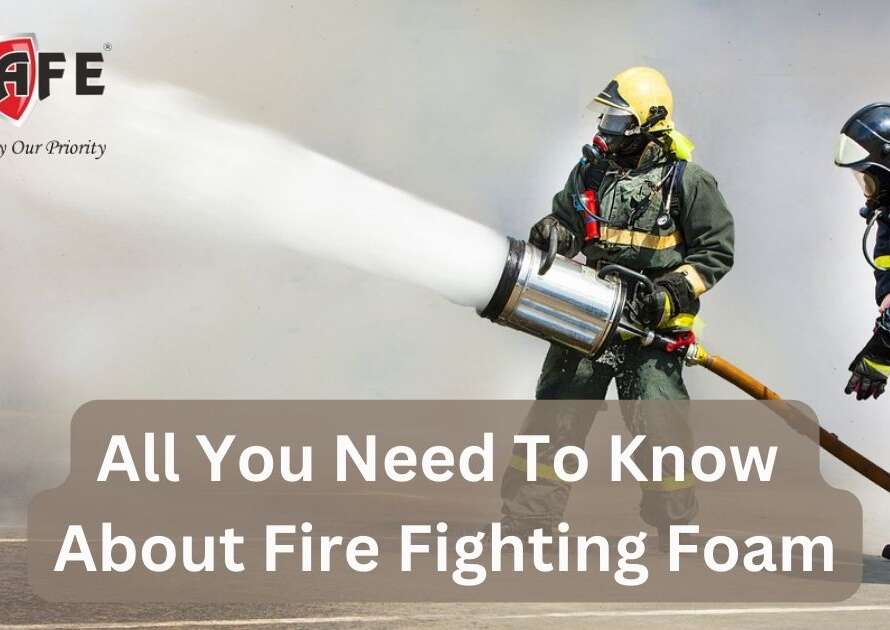The most important aspect of houses and buildings is fire safety. Accidents involving fire are causing an increase in the number of fatalities.
For this reason, it’s essential to use modern firefighting equipment and appropriate security to protect both people and buildings. Firefighters’ safety is ensured by firefighting equipment, as they put their lives in danger to save others.
The bulk of flammable liquids such as gasoline and water is dense than the number of tiny bubbles that make up fire fighting foam. Foam is a cooling and blanketing agent that is made by combining air with a foam concentrate and water solution.
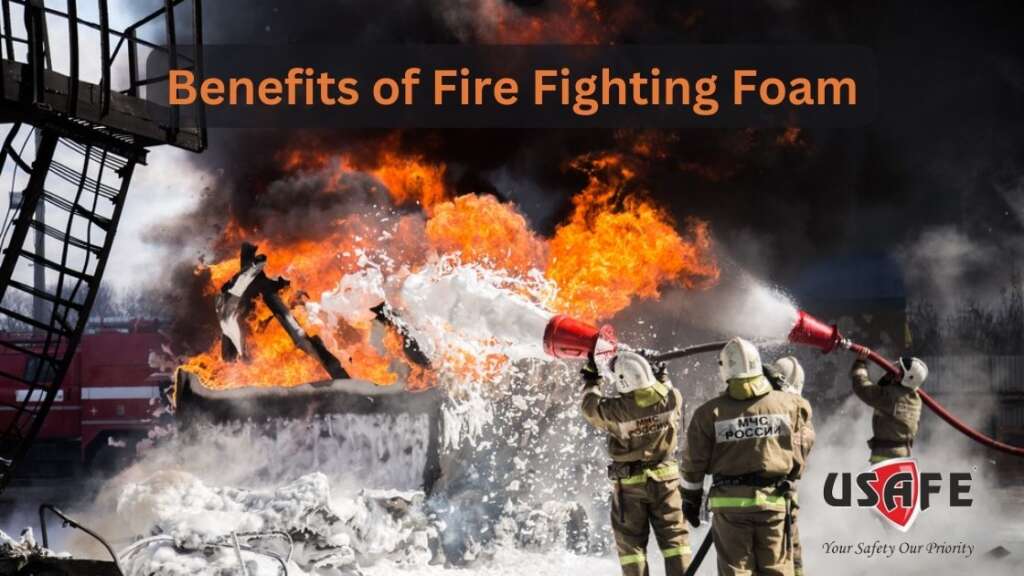
With a foam system, fire device pumping mechanisms can be used to mix a specific volume of foam. Foam systems can be engaged each time water is used to boost water efficiency and expedite firefighting operations.
Advantages of Fire Fighting Foam
Nowadays, fire fighting foam is quickly overtaking the majority of fire suppression agents in popularity. Some special benefits of fire are as follows:
Quickly and safely puts out flammable liquid fires
When it comes to putting out fires caused by combustible liquids such as gasoline, kerosene, diesel, and other oils, foam concentrates work best.
Foam efficiently reduces heat, extinguishes flames, and draws out fumes from surfaces to put out class “A” and “B” fires swiftly and safely.
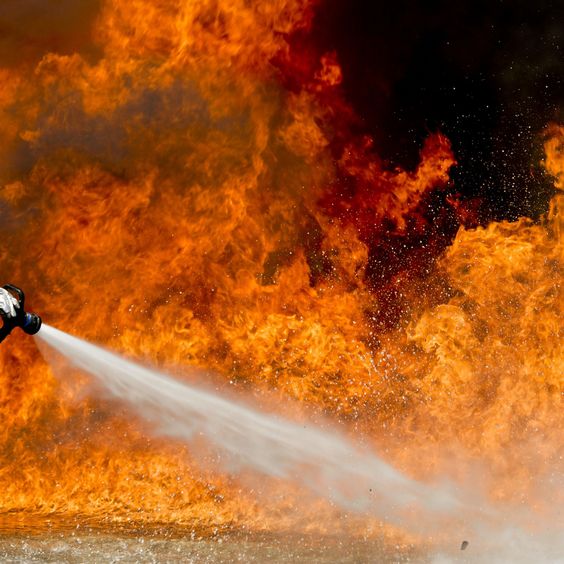
Saves energy and water
The main component of firefighting foam is foam concentrates, which only need a small amount of water.
Also, not much energy is needed to release the fire suppression agent from the storage devices. With all of these, firefighting foam is not only more effective but also much more affordable.
Reduced water damage
Fire Fighting Afff Foam uses a lot less water than water based fire extinguishers or fire sprinklers.
This means that your documents and equipment inside the building won’t sustain any serious water damage when using a foam fire suppression system during a fire.
Suitable to many fire classes
Because they can be used on both Class A and Class B fires, foam fire extinguishers are helpful in a variety of fire situations.
Class A:
These substances, which include flammable liquids like gasoline and diesel and flammable solids like accelerants, are the most hazardous of all the classes.
These can include non flammable solids like paper, textile, or wood, but they are still just as dangerous as those in class A.
It’s Not Toxic
Since Fire Extinguishing Foam doesn’t cause harm to people or property, it can be used safely in public areas.
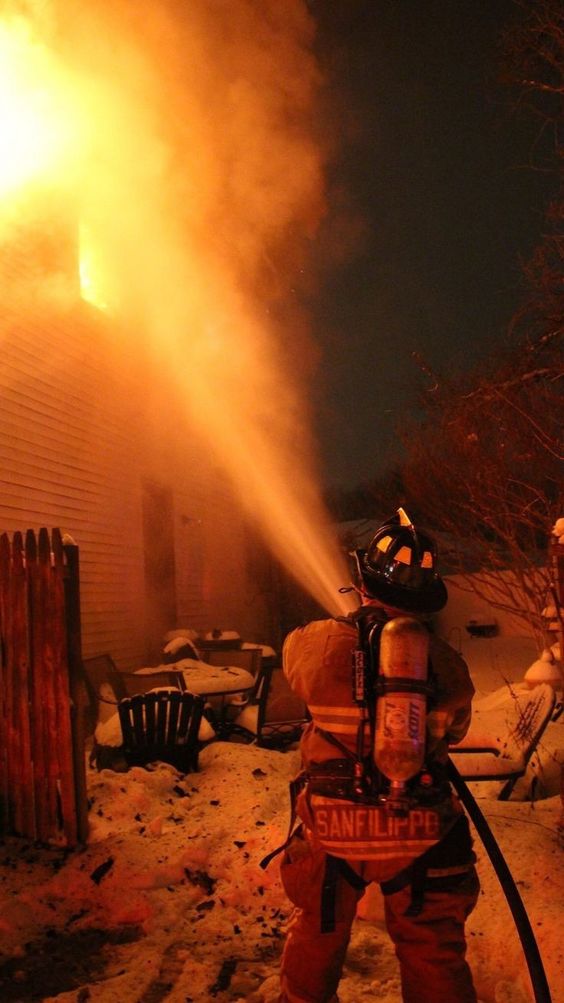
Less heavy than a similar water extinguisher
Water extinguishers are bulky and challenging to handle, particularly when used repeatedly. At the same time, a foam fire extinguisher weighs less than an equivalent water fire extinguisher.
Stops recurrence
There is always a chance that a fire could rekindle after it has been put out. The use of firefighting foam reduces this risk by covering the fuel source and keeping vapors from escaping with a durable blanket.
This can be particularly crucial in circumstances where it is challenging to remove or fully cool the fuel source.
Suitable for a range of fires
Firefighting foam comes in a variety of varieties, each intended to put out a particular kind of fire.
This implies that whether responding to a polar solvent fire, a hydrocarbon fire, or a flammable liquid fire, firefighters can choose the appropriate foam for the job.
Cools nearby surroundings
Firefighting foam can assist in cooling the surrounding area in addition to putting out the fire itself.
In addition to shielding firefighters and property from heat-related damage, this can aid in stopping the fire from spreading.
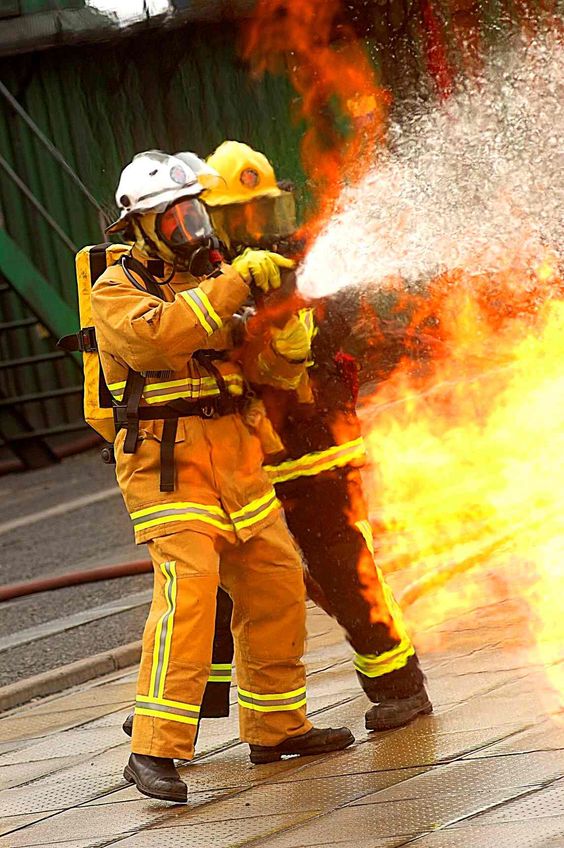
The capacity to reduce the surface tension of the water
The chemical makeup of foam helps water’s surface tension to be broken, allowing water to more easily permeate burning materials and perform as intended.
Lowering the amount of moisture required to put out the fire
The amount of water that is available inside the device is increased by foam.
It can be advantageous for fire departments without access to fire water source foam or mutual aid because it reduces the amount of water used by firefighters in putting out fires.
For wildland and rural fire departments, where access to a water replenishing source isn’t always available, a foam system is advantageous.
Conclusion
Foam fire extinguishers must be used with extreme caution because they are intended to shield personnel and property from the most dangerous fires.
Because of the risk involved, foam fire extinguishers should only be used sparingly on electrical fires.
Electrical fire extinguishers are not always sufficient to put out electrical fires, and some situations call for more care than just foam.
Any flammable liquid has the potential to harm both people and the environment. Using Fire Extinguishing Foam is important for reducing the risk.
By creating a barrier that keeps oxygen from reaching the affected areas and serving as an insulator until outside assistance arrives to extinguish it, foam can stop a fire from spreading.
This helps in safeguarding nearby items, equipment, and building structures.


